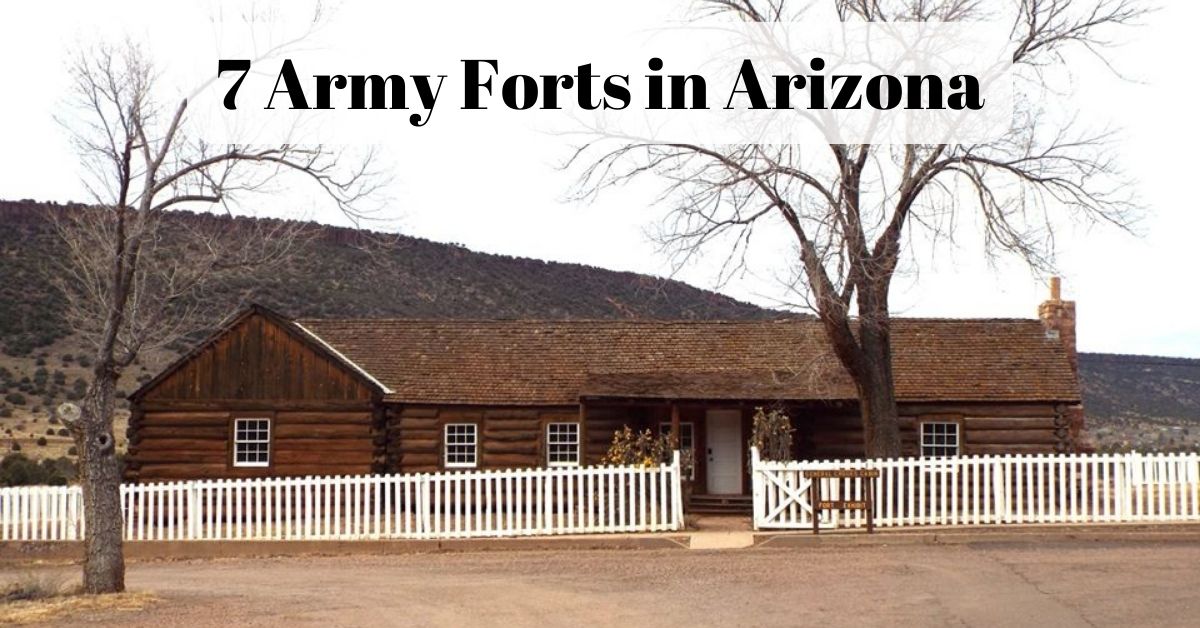Arizona has a rich military history and is home to several Army forts that have played significant roles in the state’s development and the nation’s defense. These forts have varying backgrounds, from nineteenth-century military outposts to modern-day installations dedicated to technology and innovation.
Some notable historical forts in Arizona include Fort Bowie, Fort Lowell, and Camp Grant. These sites were essential in protecting settlers, maintaining order, and establishing the U.S. military presence in the region. Today, active Army bases in Arizona, such as Fort Huachuca and Yuma Proving Ground, continue to serve critical roles in national defense and technology development.
In this article, we will explore the fascinating history, contributions, and significance of Army forts in Arizona, shedding light on their past and present roles in shaping the military landscape of the United States.
Historical Background of Arizona Army Forts
Arizona has a rich history of military forts that played significant roles in the protection and development of the region. Established and authorized by the U.S. government, Army camps, and forts were built strategically across the territory during the 19th century.
Many of these forts, such as Fort Apache, Fort Defiance, and Fort Huachuca, were established during the Indian Wars of the mid-to late-1800s. They served as posts for the Army’s campaign to round up and relocate Native Americans and protect settlers and travelers from hostile forces.
A prominent example is Fort Huachuca, which Gen. Nelson A. Miles used as an advance headquarters and forward supply base during the Army’s final Arizona campaigns in 1886. Following this period, the number of forts in Arizona began to decrease, with more than 50 closing in the following years.
Today, these historical sites offer valuable insights into Arizona’s military and regional history. Many have been preserved and converted into museums and cultural centers, allowing visitors to delve into the past and learn about these forts’ important role during a tumultuous era.
Significant Army Forts in Arizona
Fort Huachuca
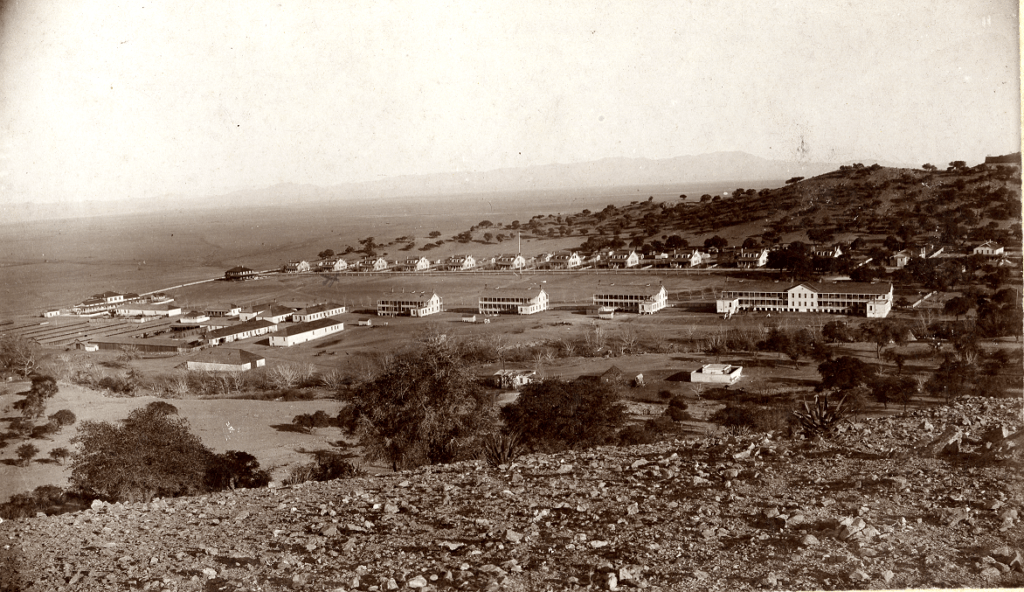
Fort Huachuca is a United States Army base in southeastern Arizona, near Sierra Vista at the northern end of the Huachuca Mountains in Cochise County. Established in 1877, it has a rich history of serving as a military post, training ground, and intelligence center. The post is home to the U.S. Army Intelligence Center and School, which provides training for military intelligence personnel from all branches of the U.S. Armed Forces and international military students.
Fort Huachuca has played a crucial role in defense of the United States for over a century. During World War II, the post was a training ground for the famed Buffalo Soldiers, an all-black cavalry unit. In the following years, it served as a key intelligence center for the U.S. Army, providing critical information on enemy activities during the Cold War and the Gulf War.
Today, Fort Huachuca remains an important military installation focusing on intelligence and cybersecurity. The post is home to the Network Enterprise Technology Command (NETCOM), which provides global network services and support to the U.S. Army.
It is also the site of the Army’s Joint Interoperability Test Command (JITC), which tests and evaluates information technology systems for the Department of Defense.
In addition to its military functions, Fort Huachuca is an important economic driver for the region. The post employs thousands of military personnel, civilians, and contractors and annually contributes millions of dollars to the local economy.
Its presence has helped establish Sierra Vista as a thriving community and has significantly impacted the state of Arizona.
Fort Whipple
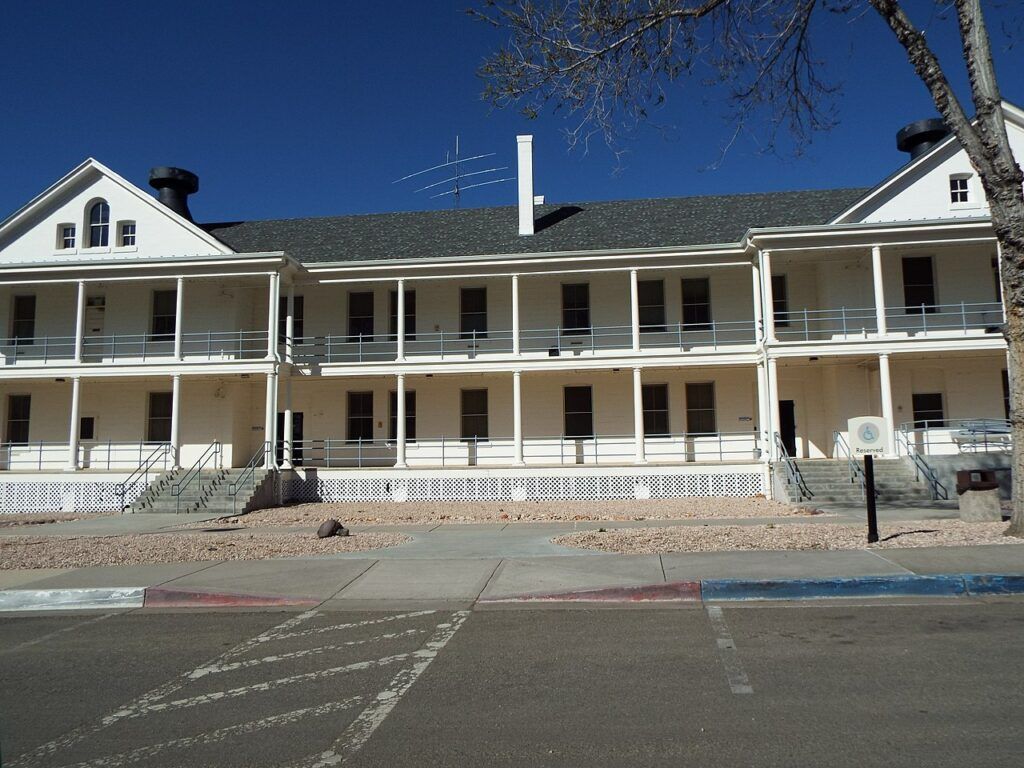
Fort Whipple is a historic military installation located in Prescott, Arizona. Initially established in 1863 during the American Civil War, the fort was named after Union Army General Amiel Weeks Whipple, who was killed in action during the Battle of Chancellorsville. The fort was initially used as a supply depot for Union troops fighting against Confederate forces in the Arizona Territory.
After the Civil War ended, Fort Whipple continued to play an important role in the region as a military outpost. It was used as a base for campaigns against Native American tribes, including the Apache and Yavapai.
The fort also served as a headquarters for the Arizona Territory’s military district under the command of General George Crook and a medical center for soldiers suffering from tuberculosis.
Over the years, Fort Whipple underwent several changes and renovations. In the early 20th century, the fort was expanded and modernized to accommodate new military technologies and tactics. During World War II, it was used as a training center for medical personnel and as a hospital for wounded soldiers.
Today, Fort Whipple is a historic site open to the public. Visitors can explore the fort’s many buildings and exhibits, including a museum showcasing the fort’s history and the soldiers who served there. The fort is also home to the Northern Arizona VA Health Care System, which provides medical services to veterans in the region.
Fort Apache
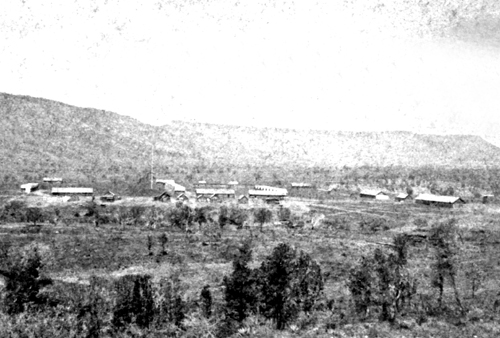
Fort Apache is a historic military installation in eastern Arizona on the White Mountain Apache Indian Reservation. Originally established in 1870 as Camp Ord, the fort was renamed Fort Apache in 1879. It was a base for the US Army’s campaigns against Native American tribes in the region, including the Apache and Navajo.
During its operation, Fort Apache played a significant role in the history of the Apache people. The fort was notorious for its involvement in the forced relocation of Apache people to reservations and the suppression of the Ghost Dance movement. The fort was also the site of the Battle of Cibecue Creek in 1881, a violent clash between US Army troops and Apache warriors that resulted in the deaths of several soldiers and Apache leaders.
After the Indian Wars ended, Fort Apache was used as a boarding school for Native American children and as a training center for the Indian Scouts, a group of Native American soldiers who served in the US Army. In the 1930s, the fort was turned over to the Bureau of Indian Affairs and was used as an administrative center for the White Mountain Apache Tribe.
Today, Fort Apache is a National Historic Landmark open to the public as a historical park. Visitors can explore the fort’s many buildings and exhibits, including a museum showcasing the fort’s history and the Apache people.
The park also includes the Kinishba Ruins, a prehistoric pueblo that dates back to the 13th century and is believed to be one of the largest and most complex structures built by the ancestral Puebloan people in the region.
Fort Defiance
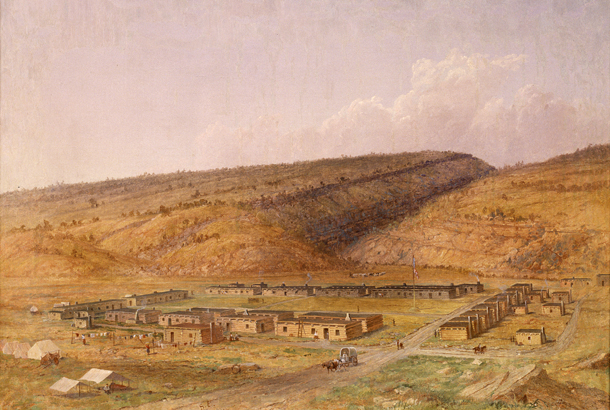
Fort Defiance is a historical fort in the northeastern part of Arizona, United States. The fort was established in the fall of 1851 by troops led by Colonel Edwin V. Sumner, and it was the first to be built within the Mexican Cession in Arizona Territory. Many of the fort’s buildings were adobe structures because it was an easy material to gather, and adobe is fireproof, so they wouldn’t have to worry about their buildings burning down if they were raided.
Its purpose was to control the Navajo tribe, which had been resisting American expansion into their lands. The fort was built on valuable grazing land that the federal government prohibited for the Navajo, leading to intense fighting and two attacks in 1856 and 1860. The next year, the army abandoned Fort Defiance at the onset of the Civil War.
Today, Fort Defiance is a Navajo Nation community home to the Tsehootsooi Medical Center, the largest hospital in the Navajo Nation. The community is also home to the Navajo Nation capital, Window Rock, located about seven miles south of the fort. The Navajo Nation Museum is also located in Window Rock and exhibits Navajo history and culture exhibits.
Visitors to Fort Defiance can explore the historic fort site, including the original buildings’ remains and a cemetery where soldiers and their families were buried. The fort is in a scenic area of Arizona, with views of the surrounding mountains and canyons.
The area is also popular for hiking and camping, with several nearby trails and campsites. Overall, Fort Defiance is an important part of Arizona’s history and a fascinating destination for visitors interested in learning about the region’s past.
Fort Lowell
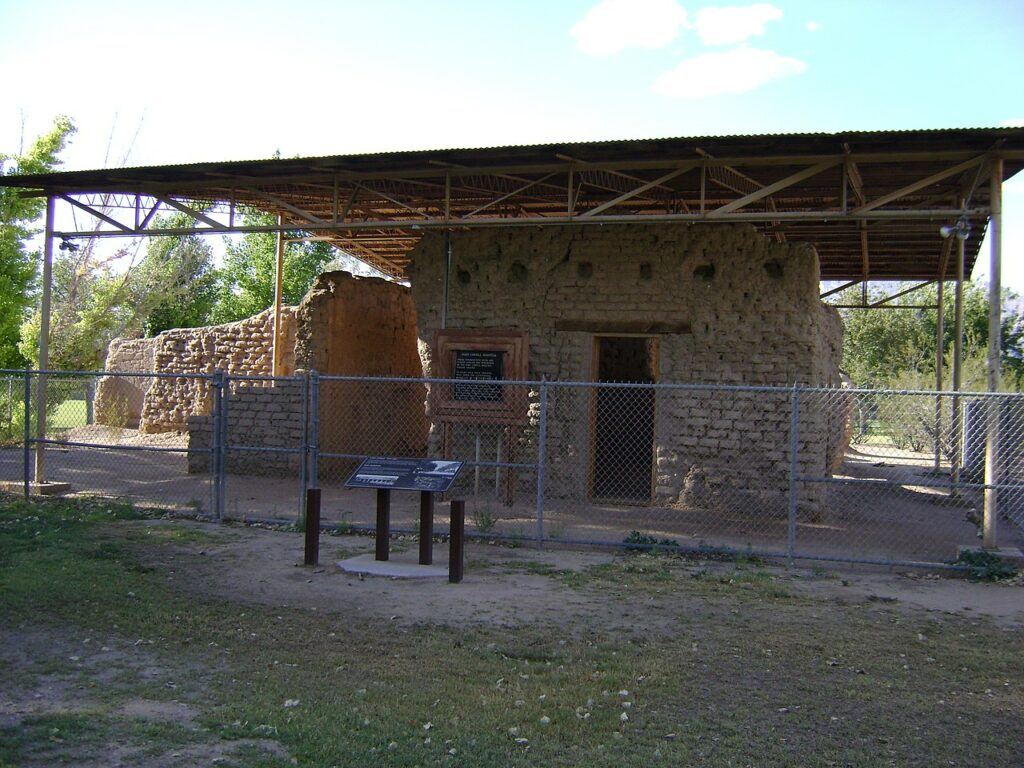
Fort Lowell, or Camp Lowell, was a military fort in Tucson, Arizona, that played a pivotal role during the Apache Wars. It was founded in 1865 to protect the town of Tucson and was the duty post for hundreds of cavalry and infantry soldiers.
This southern Arizona fort was primarily used as a supply and support depot for outlying military posts, and at its peak, it contained around 30 adobe buildings. The fort was named after General Charles Lowell, a Union officer killed in the American Civil War.
The fort was abandoned in 1891, in line with War Department policy. However, a reconstructed Fort Lowell was featured in the 1972 film Ulzana’s Raid, starring Burt Lancaster, and the historical setting of the 1957-1958 syndicated Western television series Boots and Saddles, starring John Pickard, Patrick McVey, and Gardner McKay.
Today, the Fort Lowell Museum is a great place to begin a walking tour of Fort Lowell public park, including Hohokam Indian sites, a historic neighborhood, picnic facilities, and a playground.
The fort’s history is complex and a testament to the military history of the United States. It was a vital component of the United States’ efforts to expand westward and control the Native American tribes in the region.
The fort’s role in the Apache Wars was significant, and the fort played a crucial role in the protection of the town of Tucson. Today, the fort’s legacy lives on in the Fort Lowell Museum, which allows visitors to learn about the fort’s history and its role in the development of the American West.
Fort Grant

Fort Grant is a former United States Army fortification in Graham County, Arizona. Initially established in 1860 as Fort Breckinridge, the fort was renamed Camp Grant in 1865 and later relocated after the Camp Grant Massacre.
The new site on the southwestern slope of Mount Graham was named Fort Grant. The post is named after Ulysses S. Grant, the 18th President of the United States.
Fort Grant played an important role in Arizona’s history and saw many changes throughout its existence. It was a strategic location for the U.S. Army during the Indian Wars, and many notable events occurred at the fort, including the infamous Wham Paymaster Robbery in 1889. After the U.S. Army left the fort in 1905, it became the State Industrial School for Wayward Boys and Girls.
Today, Fort Grant is primarily known as a state prison. The prison was established in 1980 and is operated by the Arizona Department of Corrections. The prison houses minimum, medium, and maximum-security inmates and has a capacity of 1,044.
While the prison is closed to the public, visitors can still view the historic fort from a distance and learn about its rich history through various sources, including the Arizona Memory Project and Legends of America.
Fort Yuma
Fort Yuma was a United States Army installation in what is now Yuma, Arizona. The fort was established in 1850 and played a significant role in the Indian Wars of the mid-to-late 19th century. The fort’s location was strategic, as it was situated near the confluence of the Colorado River and Gila River and was a vital crossing point for people traveling between California and the east.
The fort was initially established to protect the travelers and settlers traveling along the southern emigrant trails. During the Indian Wars, it served as a base of operations for U.S. Army campaigns against the Apache and Yuma tribes. The fort also played a role in the Mexican-American War, as it was a supply depot for troops fighting in California.
Fort Yuma was also important for the U.S. Army’s efforts to establish a telegraph line nationwide. The first transcontinental telegraph line was completed in 1861, and Fort Yuma served as a relay station along the line.
Today, Fort Yuma is a historic site and museum operated by the Quechan Indian Tribe. Visitors to the site can explore the restored buildings and learn about the fort’s history and the surrounding area. The museum also has exhibits on the Quechan people, who have lived in the region for thousands of years.
Life at the Forts in Arizona

Soldiers’ Experience
Life for soldiers stationed at Army forts in Arizona was often difficult and isolated. These forts, such as Fort Apache and Fort Huachuca, provided housing and protection for the troops. Soldiers faced harsh weather conditions and limited resources and had to perform various duties to maintain the forts.
Many soldiers stationed in Arizona forts were ethnically diverse, including African American troops known as Buffalo Soldiers. They served their country with great dedication despite facing discrimination and limited opportunities for advancement.
Interaction with Native Tribes
Army forts in Arizona were established during the Indian Wars in the mid-to-late 1800s to protect settlers and control Native American tribes such as the Chiricahua Apache. Fort Apache, for example, was a key post in the Army’s campaign against the Apache tribe, as noted by azcentral.
While conflicts did arise between the soldiers and the Native American tribes, there were instances of cooperation as well. Native American scouts often served with the military, providing valuable knowledge of the local terrain and language.
However, interactions between soldiers and local tribes were complex and varied from individual cases of friendship and alliance to instances of hostility and violence.
Preservation and Tourism
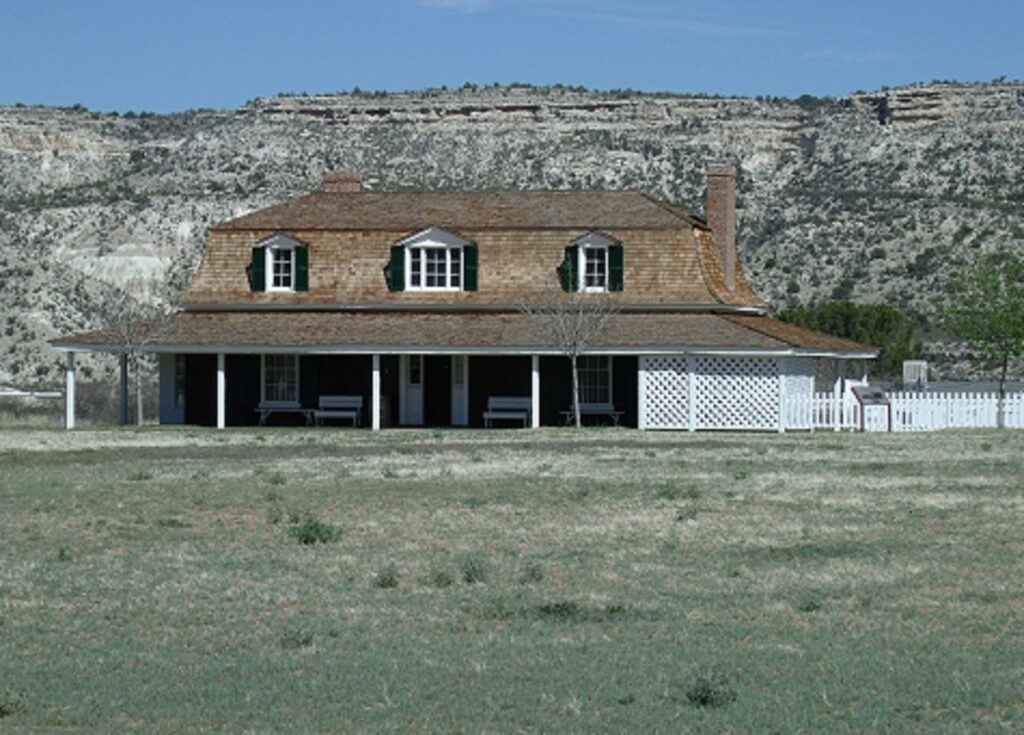
Current Status
Many of Arizona’s Army forts have been preserved for historical and educational purposes. One notable example is Fort Verde State Historic Park, which allows visitors to experience life through the eyes of a frontier soldier. The park serves as a base for preserving the history and artifacts associated with General Crook’s U.S. Army scouts.
Another important fort is Fort Huachuca, which operates a museum dedicated to collecting, preserving, and exhibiting artifacts representing its history and the larger history of the U.S. Army. Similarly, the World Monuments Fund has recognized the Fort Apache Reservation for its architectural significance and historical importance.
Visitor Center Information
Several options are available for tourists interested in exploring Arizona’s military history. When visiting Fort Verde State Historical Park, guests can tour preserved buildings and participate in annual events that showcase military traditions and local lore. For more information on visiting Fort Verde, please check their official website.
At Fort Huachuca Museum, visitors can explore indoor and outdoor exhibits, showcasing military artifacts and providing insight into the fort’s historical significance. The museum also offers guided tours for groups, which can be arranged by contacting the museum directly. Details on visiting hours and directions can be found on Fort Huachuca Museum’s website.
Guided tours are available for those interested in visiting Fort Apache, and visitors can explore the site’s various historic buildings and cultural landmarks. Additional information regarding visitation guidelines and events at Fort Apache can be obtained from the World Monuments Fund project page.

Cory is a website owner and content creator who enjoys fishing, history, coin collecting, and sports, among other hobbies. He is a husband and father of four.
Romans 15:4 For whatever was written in former days was written for our instruction, that through endurance and through the encouragement of the Scriptures we might have hope.

